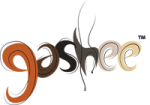Throughout the world, different cultures have their own traditions for remembering and paying homage to their ancestors. In this day and age, however, many of us focus on areas like career, education, and building a life for ourselves. And in our downtime, our attention is often occupied by technology and the media. But devoting more thought to the people who have come before us is an important consideration. Taking these steps will greatly expand our perspective of the world around us in a way that enriches how we experience our existence.
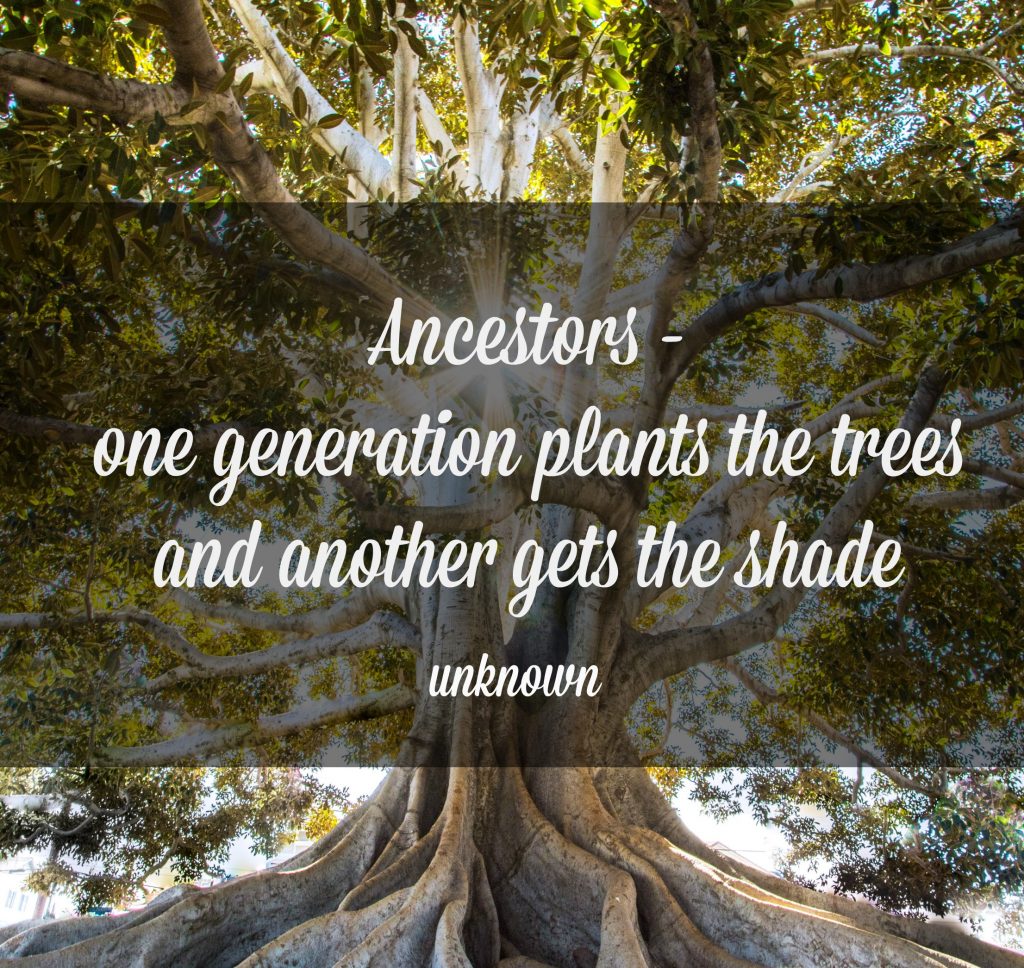
Honoring the foundational knowledge cultivated by our ancestors forms the basis for the Dr.UGro Gashee™ brand and product line. It is this ancient, time-honored collective body of information which we regard as a true gift. We stand in awe at the members of humanity’s oldest generations. They were true geniuses in their own right. Our ancestors across cultures possessed the knowledge of how to uncover the healing potential already inherent in nature to treat various ailments and even promote the well-being of the entire body.
Empirical “modern” science only plays the role of confirming what our predecessors already knew. And by applying principles in contemporary medicine, organic and cosmetic we at Dr.UGro Gashee have been able to utilize the knowledge of our ancestors to create actual effective hair products for today’s consumer.
From Nature to Modern Health and Beauty
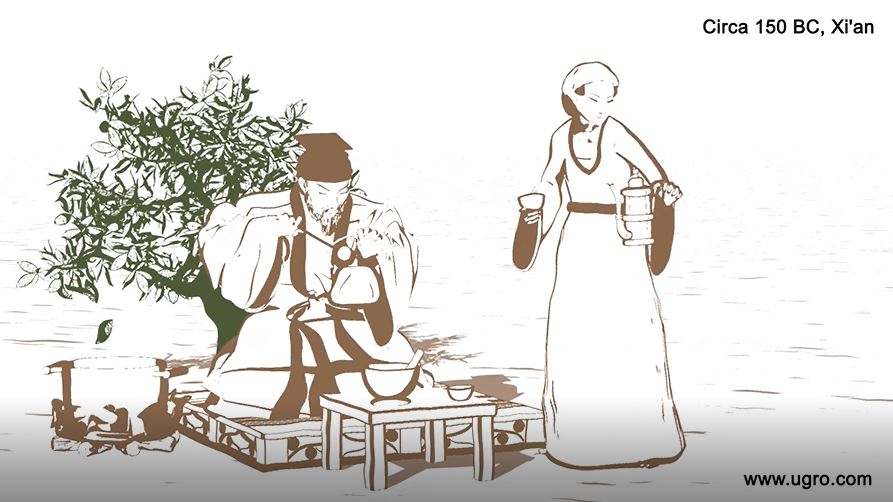
Nature, the master craftsman of molecules created almost an inexhaustible array of molecular entities. It stands as an infinite resource for drug development – Professor Ciddi Verreshan
Many of the chemicals which comprise today’s drug, beauty and health treatments were not invented in a lab. But rather they originated from humble starting points in nature. It was the intelligent observations of our ancestors which made it possible to harness their powerful treatment capabilities.
Red Ochre, The First Mineral Sunscreen
The Himba tribe of Namibia is well known for wearing a reddish-colored clay pigment on their hair and skin. Is is made from a mineral called ochre. Although most of us might never guess that nearby rock formations in the desert would hold the key to keeping our hair and skin protected from the sun, the Himba tribe was somehow able to identify ochre as an actual mineral sunscreen. Scientists are now able to confirm the UV protective qualities of this pigment (1). According to Dr U who during his tenure in Namibia as a medical officer had the honor of meeting many of them, their skins are indeed vibrant and lively despite the harsh environment they live in and relatively scant clothing. Said Dr U: “It is all owed to the genius of their ancestors who discovered the SPF value of the red ochre powder.”
VIDEO: The Genius of The Himba in Discovering Sun Blockers
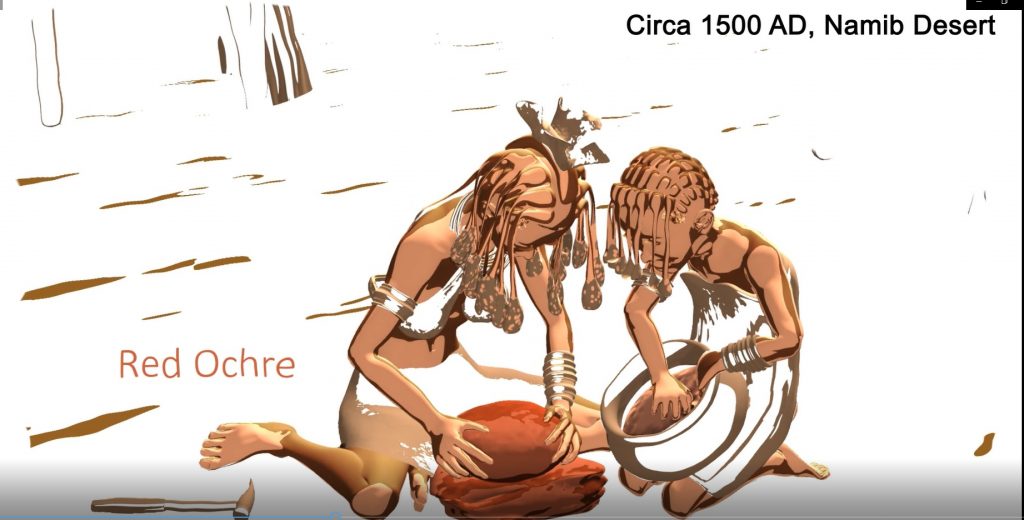
Bentonite Clay As A Remover of Toxins
Indigenous people knew to ingest clays to remove toxins from their bodies. Bentonite clay is able to absorb metals, free radicals and other undesired compounds so that they can be expelled from the body. Research has been able to support the effectiveness of Bentonite clay to treat many conditions (2).
Quinine For Treating Malaria Came From A Tree Bark
Quinine is a drug used in the treatment of malaria, a disease caused by parasites. The serendipitous discovery of this compound resulting from the effects of a tree bark. According to different stories, individuals who suffered from fever, accidentally drank from a pool of water which tasted bitter due to fallen bark from the surrounding quina-quina trees. Afterwards, their fever was gone. They excitedly reported their experiences to others. Later, purified quinine replaced the practice of consuming ground tree bark (3).
Similarly, extracts from the neem tree have also been used to treat malaria with a comparable effectiveness as quinine.
Well Known Modern Drug Medicines and Their Natural Origins
Besides quinine, there are many other widely known examples of a modern drug chemicals originating from a natural source. Here is a just a few.
Penicillin is a mould used as an antibiotic which blocks an important cellular division process and destroys the streptococcus bacteria
Asprin is made from a polyphenol known as salicylic acid which was originally derived from plants such as white willow, wintergreen and birch.
Opiates used for pain control in modern medicine originally came from opium poppy alkaloids.
Digoxin is used in medications for heart conditions such as heart failure and cardiac arrhythmias. The original version of the compound comes from the foxglove plant.
Paclitaxel, also known as Taxol, is used for chemotherapeutic purposes with the ability to inhibit a compound called Tubulin which is needed for cells to divide. The original molecule was derived from the Pacific Yew tree. Drug compounds known as Vinblastine and Vincristine, which come from the alkaloids of the Madagascar periwinkle plant also act in a similar manner.
The Intelligence And Power of Human Observation
So how did our ancestors even know which plants approaches to use for treating health issues? The answer is quite simple. They were intelligent enough to practice direct observation.
Today, everything moves at such a rapid pace. And our lives are often driven by strict deadlines. To get answers as quickly as possible, we rely on rules, formulas, face-value information, and paradigms developed by experts. But in truth, many unique situations fall outside the range of familiar constructs. It is often necessary to directly study and observe real life contexts for ourselves,
Observation may seem like a much slower, and even painstaking process. And indeed, it requires immense patience. But getting answers that make a real difference in our lives can be well worth it in the end.
Let’s take, for example, how smallpox immunizations first started. Before we even had vaccines and needles, our ancestors from different parts of the world noticed a critical phenomenon, that the survivors of smallpox either never contracted the disease again, or if they did, it was far less severe.
This led to the idea of using biological fluid from an infected individual to treat another smallpox sufferer. In Europe, small cuts were made into the skin. And the pus (sourced from the lesion of someone who already had smallpox) was rubbed into these wounds. In China, the pus was applied to a cotton ball and inserted into the nostrils as the entrance to the bloodstream.
The basic process of observing can lead to revolutionary insights. Our ancestors utilized this seemingly simple practice to improve health issues. And now their knowledge forms the groundwork for today’s treatments in health, medicine and beauty.
Global Travels and How the Dr.UGro Gashee™ Brand Came to Be
Dr.Umar (aka Dr.U) traveled around the world, meeting various traditional healers and medicine men and while learning about the time-honored cultures of different people.
He was inspired by their profound wisdom which had resulted from ways of living that honor a close and respectful relationship with nature.
In Peru, Dr.U learned that indigenous people wash their clothes, hair, skin using a soap plant called Chuju Roque.
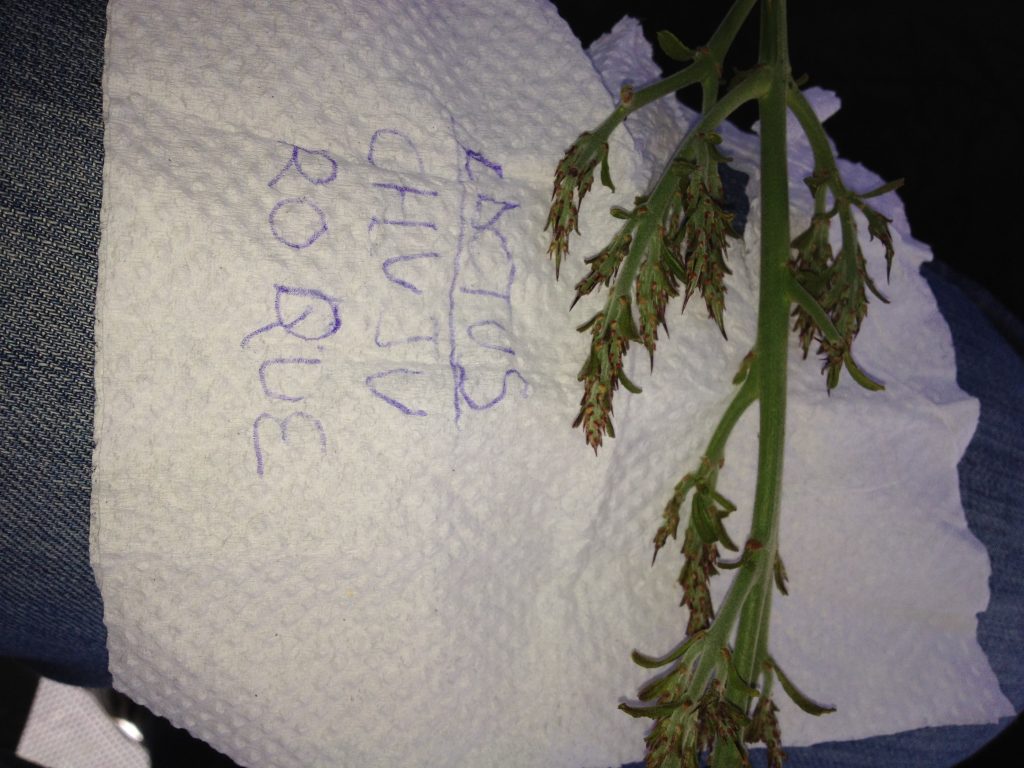
In Kenya Dr.U met the traditional medicine healers who continue to use natural means to help treat and improve health conditions. Here is a photo where he learns some of the secrets from a master who practices in the the ancient African healing tradition.
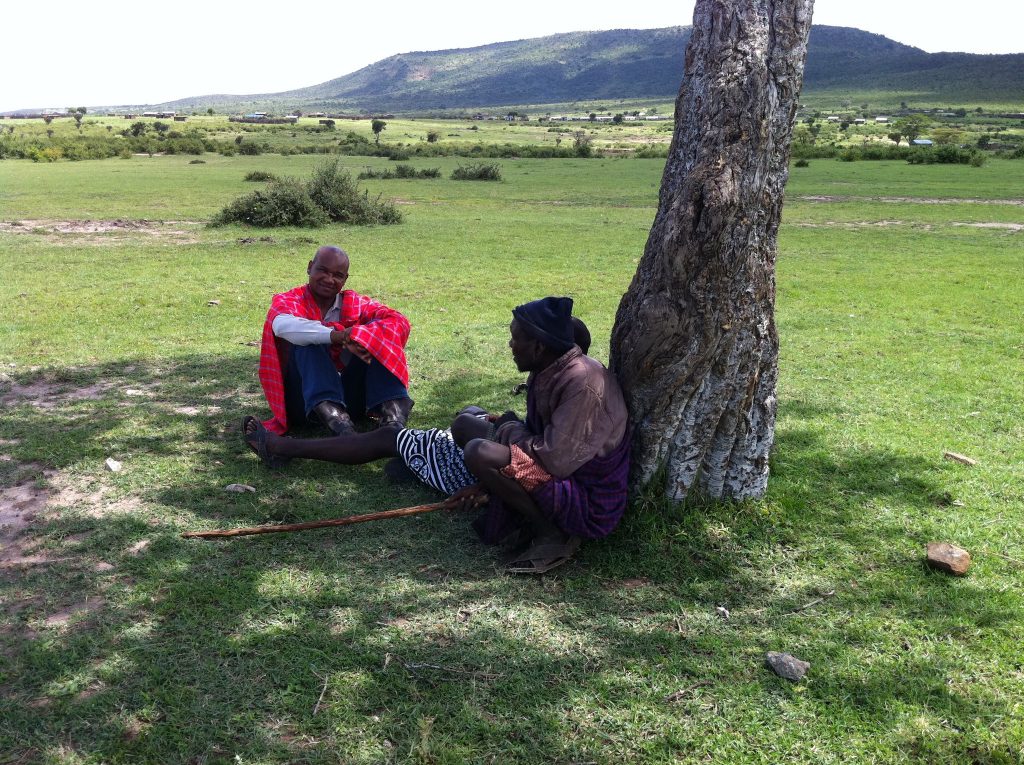
In Japan, Dr.U visited the Mikami Jinja shrine devoted to the god and patron saint of hair. People suffering from thinning hair give their prayers and also donate hair to this god. Whether or not this works remains uncertain. But it nonetheless illustrates the inherent human drive to connect with natural forces, albeit personified.
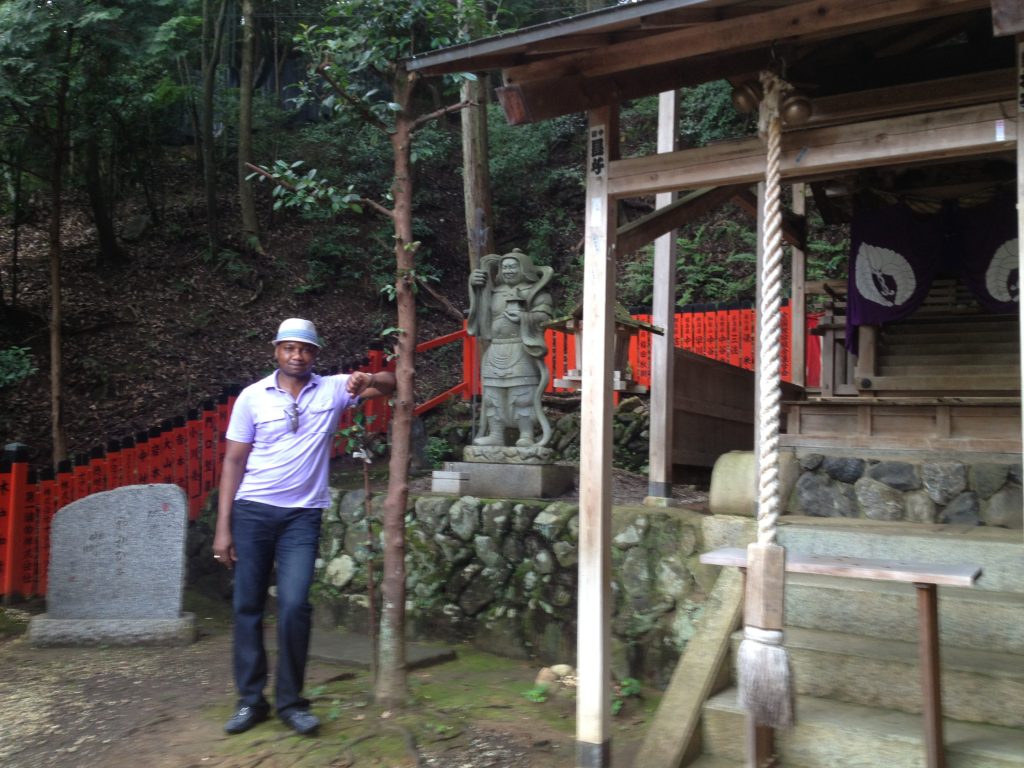
Based on his global travels, Dr.U was inspired to dedicate his natural product line Dr.UGro Gashee ™ brand to the genius of the ancients since it embodies the spirit of reverence for nature’s healing capacity, as practiced by our ancestors and indigenous populations across the globe. Modern research only serves to fine tune this knowledge by confirming the efficacy of specific ingredients. Dr.U has taken the best of old world approaches and contemporary science to formulating natural botanicals into a quintessential balance, to support healthier hair.
Paying Respect to Our Ancestors in Modern Society
It is indeed a desirable thing to be well descended, but the glory belongs to our ancestors – Plutarch
Everything that we are and have at this very moment is the result of our ancestral roots, their questions, their endeavors, their strengths and their trials and tribulations. Their close relationship with nature gave rise to the healing treatments we use today for our health and beauty needs. By remembering and paying respect to those who came before us on this earthly plane, we can start to experience life more profoundly through a much richer appreciation for ourselves and everything around us.
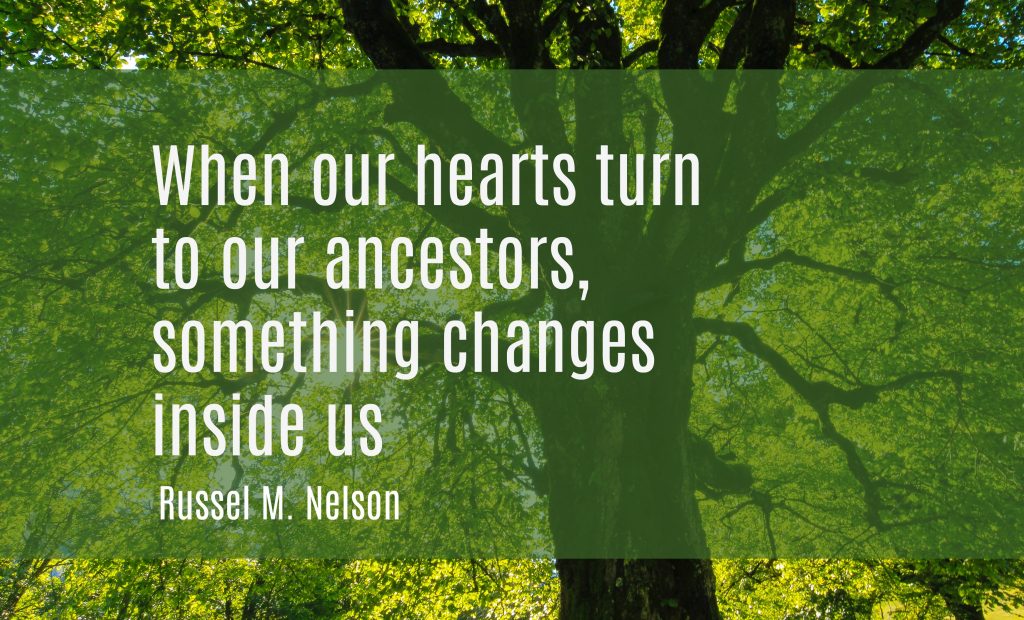
Frequently Asked Questions
Is there a difference between treatment compounds from the original plant versus synthetic molecules from a lab
Yes, a plant will have different variations of the treatment compound. Some will act in one direction within the body. And others will have the opposite effect. In the body, this has a balancing effect to restore a healthy equilibrium.
How can we know if a natural remedy is superstition or something that can really help us?
See if there are examples of real results on actual people. Also, it would help to see if there are research studies which support the effectiveness of a particular natural agent.
How can natural ingredients used in modern commercial products best retain their original qualities?
Natural ingredients should be processed as minimally as possible. Heat, for example will denature proteins and undermine the bio-active properties of natural ingredients. To avoid this, extractions can be carried out using mechanical presses. Also natural preservatives and emulsifiers can prevent microbial growth and the separation of liquid components.
References
(1) Riaan F. Rifkin ,Laure Dayet, Alain Queffelec, Evaluating the Photoprotective Effects of Ochre on Human Skin by In Vivo SPF Assessment:journal.pone.0136090, September 9, 2015
(2) Maryam Moosavi, Bentonite Clay as a Natural Remedy: A Brief Review, Iran J Public Health. 2017 Sep; 46(9): 1176–1183.
(3) Jane Achan, Ambrose O Talisuna, Annette Erhart et al , Quinine, an old anti-malarial drug in a modern world: role in the treatment of malaria, Malar J. 2011; 10: 144.
Further Reading
Learn what actually constitutes a product that can truly be considered natural.
